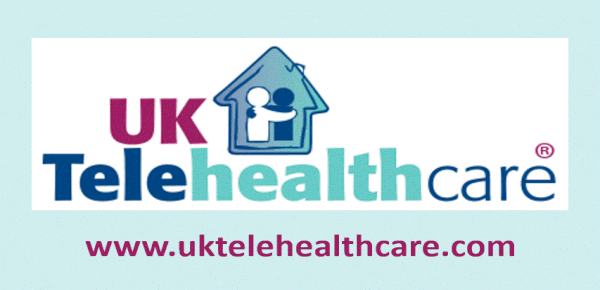 Omada Health plans exit into the public markets. Omada, which has virtual health diabetes and hypertension management programs, reportedly filed an S-1 with the Securities and Exchange Commission (SEC), according to a Business Insider source. The IPO may be planned for 2025. Omada has been on a hot streak lately, inking deals with Amazon for their health condition programs, adding GLP-1 management, plus accreditation from NCQA and URAC.
Omada Health plans exit into the public markets. Omada, which has virtual health diabetes and hypertension management programs, reportedly filed an S-1 with the Securities and Exchange Commission (SEC), according to a Business Insider source. The IPO may be planned for 2025. Omada has been on a hot streak lately, inking deals with Amazon for their health condition programs, adding GLP-1 management, plus accreditation from NCQA and URAC.
Unlike the bare shelves of 2023, 2024 has racked up a few healthcare and digital health IPOs. Waystar’s IPO landed in June and closed today at $26.80, above its $21.50 opening price. This is for a decidedly unglamorous but revenue-generating part of healthcare–RCM and payments management. Tempus AI, in the far glammier AI in precision medicine sector, also IPO’d in June at $37, and after some initial summer sag recovered to $48.96 today. But June also saw yet another formerly hot healthcare tech company, Sharecare, go private after three years of a cracked SPAC. It was bought at 13% of its peak valuation. [TTA 26 June] Another supersonically sad summer story was Tel Aviv-HQ’d Nuvo, which developed and markets a digital pregnancy monitoring system. It went public on Nasdaq via a SPAC on 1 May–then filed for Chapter 11 reorganization by 22 August. Has this finally, finally put paid to SPACs? Bloomberg News, The Middle Market
Virtual MSK provider Hinge Health reportedly is testing the IPO market, having hired Morgan Stanley to start the process. [TTA 3 Oct]
 Omada investors since 2011 have poured $525 million into the company over 11 rounds, ending with a debt financing in January 2023. There are 33 investors, including eight lead investors such as Fidelity, Cigna, and Andreessen Horowitz. Crunchbase
Omada investors since 2011 have poured $525 million into the company over 11 rounds, ending with a debt financing in January 2023. There are 33 investors, including eight lead investors such as Fidelity, Cigna, and Andreessen Horowitz. Crunchbase
If one is to believe the analyst and investor quotes in this Business Insider article, once we get past 2024 and into Q1 2025, the ‘clogged pipe’ of waiting IPOs will roar back into the market like a hungry beast. Aside from wincing at the heckuva mixed metaphor, this Editor tends to be a lot more sanguine about next year. She believes that there are a lot of hungry investors waiting, all right–to offload years of risk to the public and other investors and recoup some if not all of their investment money. Mr. Market may, or may not, feel the same. Hat tip to HIStalk 4 October
On a lighter note, Philips is introducing its most advanced monitoring system to date, the AI-assisted Avent Premium Connected Baby Monitor. The system includes a camera/mic, ‘parent unit’, and app. The camera/mic tracks the baby’s chest motions in sleep and breathing without a wearable. It also has Cry Detection + Translation, which uses AI-assisted and machine learning to interpret baby’s cries. Parents can set up notifications via the parent unit or the app to better understand if baby is tired, gassy, hungry, uncomfortable, or irritated. Release, Mobihealthnews
At the other end of the age spectrum, the Taking Care personal alarm (PERS) company in the UK is introducing ActiveAlert. It adds an AI-assisted twist to personal assistance by triggering a wellbeing check-in call when it detects changes in the frequency, timing, or nature of alarm calls. Their models use 30 years of alarm call data. If there is a change, families are notified. According to their release (PDF), the patterns of alarm call usage can be used to take a more proactive approach to elder care in alerting for concerns or red flags to families before emergency scenarios arise.
 Planning ahead to 2025, the American Telemedicine Association will be returning south–to New Orleans. ATA Nexus–Redefining Care Delivery will be 3-5 May at the New Orleans Convention Center. Deadline is 1 November for speakers and general content proposals, as well as research abstracts for oral and poster presentations. Information for applications is here. The form for requesting the sponsorship and exhibit prospectus is here. Release
Planning ahead to 2025, the American Telemedicine Association will be returning south–to New Orleans. ATA Nexus–Redefining Care Delivery will be 3-5 May at the New Orleans Convention Center. Deadline is 1 November for speakers and general content proposals, as well as research abstracts for oral and poster presentations. Information for applications is here. The form for requesting the sponsorship and exhibit prospectus is here. Release








Most Recent Comments